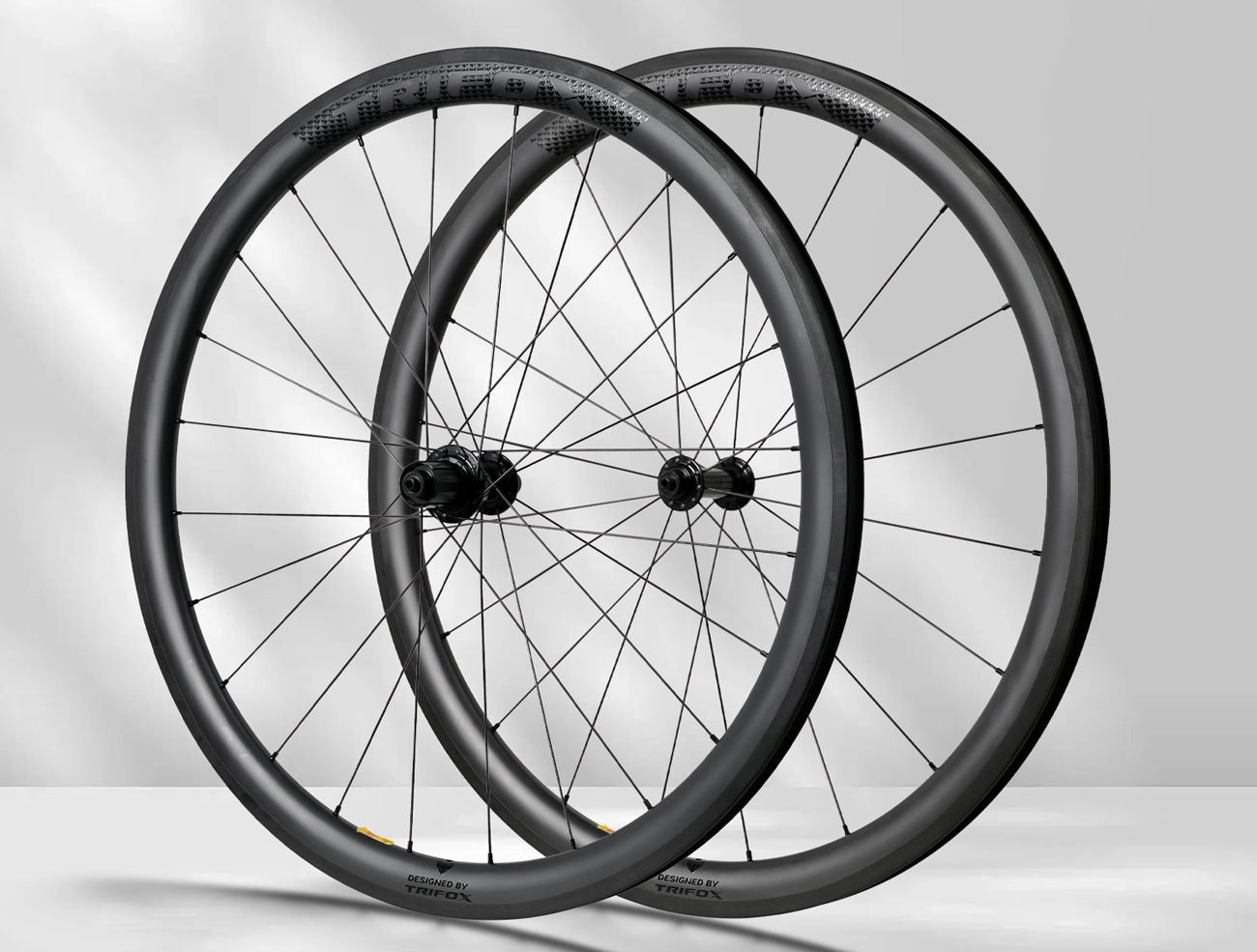The development of mountain bike Speed gear:
Since the mid-90s, the speed gear of mainstream mountain bikes has been changing. The development process is roughly like this: 3×8=24 speed→3×9=27 speed→3×10=30 speed→2×10=20 speed→2×11=22 speed →1×11=11 speed →1×12=12 speed.
The more popular speed gear such as 3×9, 3×10, etc., have now been replaced by lesser speeds such as the front 1-2 speed and the rear 10-12 speed.
Why is there less and less speed gear?
Not use so many speed gears:
Bikers who often ride mountain bikes cross country know that in the process of cycling, the three-disc configuration is actually not very useful. Take me as an example. In the era of 3 discs, I would basically use the big disc to ride on the road, the middle disc for climbing or cross-country. For the adjustment of the front and rear speed ratio, I used more on the rear derailleur. It is not needed because it is too “light” and it feels like kicking in the air. And in use, the 3-disk system will have a lot of overlap between the front and rear speed ratios, which is actually too redundant.
The wheel diameter is getting bigger and bigger:
In addition, the current professional mountain bike wheel diameter is mostly 27.5 or 29 inches, which is much larger than the traditional 26 inches. The large wheel diameter and the larger chainring make the foot feel very heavy, which is not suitable for XC cycling, So manufacturers will reduce the number of teeth of the chainring to a more suitable number of XC teeth, such as a single disk with 34-36 teeth, or a small disk with about 26 teeth.
This allows the cyclist to obtain a more suitable pedaling force during cross-country cycling.
Cassette gears gradually increase:
At present, the freewheels of mainstream mountain bikes are all 10 and 11 speeds, and SRAM has even introduced a 12-speed freewheel. For the outdated 8 and 9-speed freewheel era, the current freewheel covers more speeds, with double discs and even A single disc is completely sufficient, and the increment range of the number of teeth is small, and a very fine increase/decrease of the gear ratio can be obtained-the fine speed change is more reflected in the freewheel than the chainring.
Easy to operate:
Too many gears will make you feel very complicated to operate, especially in XC cycling that requires a high degree of concentration, and can handle changing terrain at any time. Simple operation is particularly important. Therefore, streamlining the transmission system allows cyclists to concentrate more on cycling. Moreover, the higher the intensity of mountain bike cycling, the more downhill and the less frequently the transmission system is used.
Practical application:
At present, 3×9 and 3×10 speeds are still in use, but they are mostly concentrated on 26-inch hardtail mountain bikes. 3×9 speeds are basically only used for entry-level mountain bikes. The dual-disc transmission system is mostly found in the middle and high levels. Hardtail mountain bikes with 27.5 or 29-inch wheel diameters, and suspension bikes with stronger off-road strength (mountain bikes with rear shocks) basically use a single-disc transmission system. As shown below:



















































































